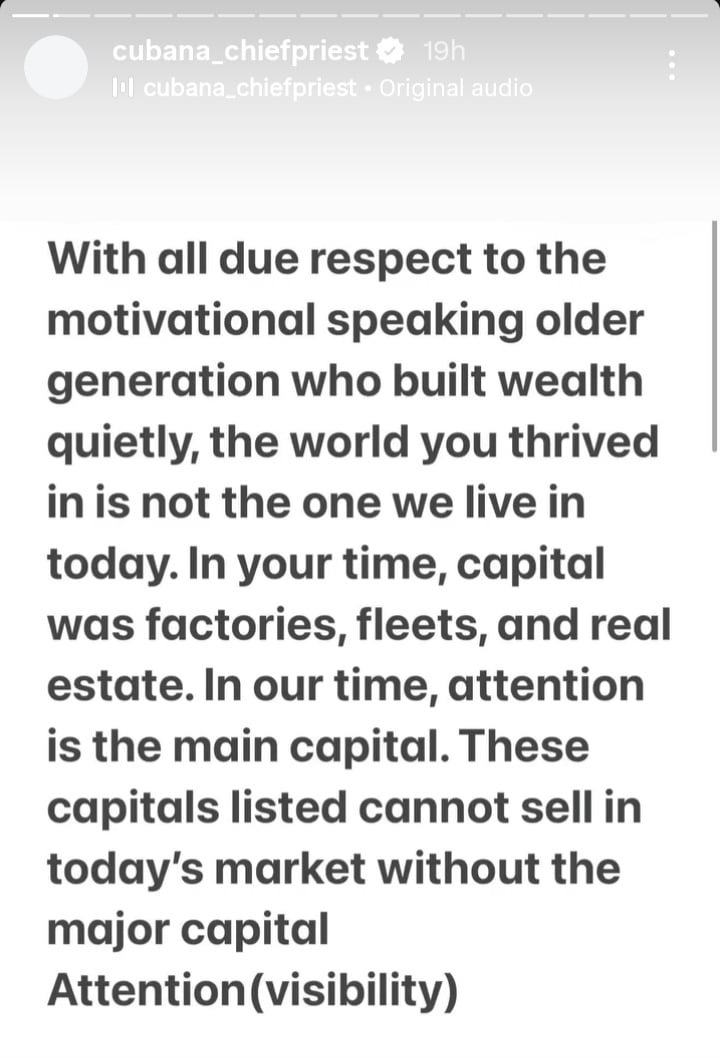How we keep warm at home accounts for 17% of the UK’s greenhouse gas emissions. The UK cannot reach net zero emissions, and end its contribution to climate change, without ending its reliance on natural gas as the dominant source of heating.
As elsewhere in Europe, heat pumps (which use electricity to draw heat out of the air or ground and circulate it indoors) are regarded as the best way to reduce carbon emissions. But are people ready to ditch their gas boilers?
My colleagues and I spent three years researching what people need, want and expect from their heating systems by asking 300 people in eight settlements across the UK, Finland, Sweden and Romania about their experiences of trying to keep warm at home. These memories ranged from as early as 1945 to the present day.
Among the four countries we studied, the uptake of heat pumps is most sluggish in the UK and Romania. In Sweden, heat pumps are an established technology, used to heat homes outside of dense urban areas that tend to be served by heat networks, where a boiler is shared by multiple dwellings and heat pumped to each home through pipes.
Successive oil crises accelerated the roll-out of electric heating in Sweden during the 1970s. Our participants credited widespread trust in the Swedish government at the time for the successful adoption of heat pumps.
Relatively low trust in the government makes it more difficult to increase heat pump uptake in the UK, a problem shared by Romania, where, low trust in the government follows decades of communist rule during which energy could be cut off to maintain supply to industries.
When coal was king and stoves were guilt-free
We found that there were strong attachments to high-carbon fuels in many of the communities we studied—even where people were committed to a future with low-carbon energy.
In former coalfields, such as Rotherham in south Yorkshire and Jiu Valley in south-west Romania, people spoke wistfully of the coal industry which provided jobs, housing and plentiful fuel for heating and cooking, except during industrial disputes. The coal fire was where most of our participants let their minds linger.
The subsequent move to natural gas heating for most UK households, which started in the 1960s, failed to evoke the same enthusiasm. People did acknowledge the benefits of being able to heat the whole home evenly with gas central heating and remembered feeling glad to no longer have to clean out the grate, but this was a less remarkable era in home heating. Participants talked about it in less detail, for less time and with less enthusiasm.
Many of our Finnish participants, despite having heat pumps or connection to a district heating network, wanted to continue burning wood at home. This treasured practice brought a sense of well-being. The intense pleasure of the fireside created a sense of homeliness and enabled cultural traditions such as cooking on a wood fire, plus the multi-sensory experience of a wood-fired sauna.
Some participants worried about being considered an “environmental criminal” for driving a diesel car, but regarded burning wood as more socially acceptable. Outside of cities, plots of woodland are inherited in some families. Gathering firewood was a ritual many enjoyed and didn’t want to give up.
More affluent participants in the UK also valued their wood burning stoves—a growing trend essentially borrowed from Scandinavian neighbors. Those we interviewed in Sweden also prized their wood burners but usually only in the homes or cabins where they holidayed.
Thermal delight
In 1979, US architect Lisa Heschong’s concept of “thermal delight” held that building designers were forgetting the importance of enabling pleasure through heat. Our research participants had not forgotten, however, and confirmed that we seek the most joyous route to warming our bodies.
While the necessary speed of the net zero transition entails a clean sweep that substitutes fossil-fueled heating for low-carbon, electric alternatives, our research shows that this may be unappealing to many households.
The people we met wanted heating options to reflect different needs and preferences. Our participants valued central heating for bringing their houses to a consistent temperature, but this did not preclude a desire for the radiant heat of the log burner on some days. They also wanted the option of plugging in a portable, electric heater when they only needed to heat one room.
They enjoyed the contrast between the intense warmth of the fireside and a cool bedroom and many regarded an even heat throughout the home as “uninviting”—something that met their needs but not their desires. The experience of different eras of home heating had taught them the value of flexibility and variety, which makes a “clean sweep” to electric heating unattractive.
These findings do not mean that heat pumps are doomed. Indeed, heat pumps have a lot to offer in terms of reducing heating emissions. What we found does indicate a need for multiple ways to heat the home within scenarios for reaching net zero emissions.
Partly, this calls for innovation in home heating technology. There is really no place for burning solid fuels in a net zero future, but a concerted effort between heating researchers, designers and technologists could create a beautiful heat source that acts as a focal point, and offers something akin to the multi-sensory joy of the fireside.
The findings also indicate the need to change how heating transitions are talked about by the government and energy companies. Away from an implacable duty to switch heating sources and the need for efficiency, and towards the joy and abundance of a heat source that (in the case of heat pumps) offers four times the heat output for the same energy input as a gas boiler.
The best way to sell the low-carbon heating transition is locally, where the kinds of attachments and allegiances to heat that we have uncovered are best appreciated and understood. Local authorities are typically best placed to do that.
This article is republished from The Conversation under a Creative Commons license. Read the original article.![]()
Citation:
Heat pumps have a coziness problem (2025, February 17)
retrieved 17 February 2025
from
This document is subject to copyright. Apart from any fair dealing for the purpose of private study or research, no
part may be reproduced without the written permission. The content is provided for information purposes only.






